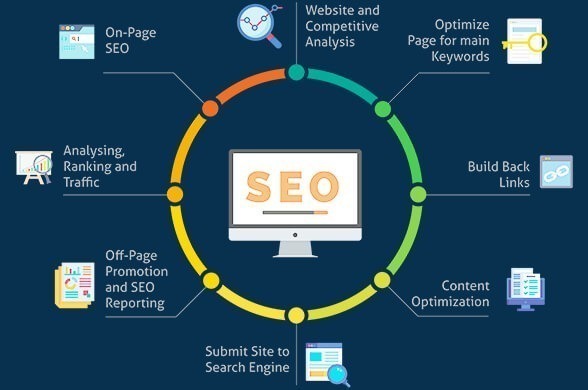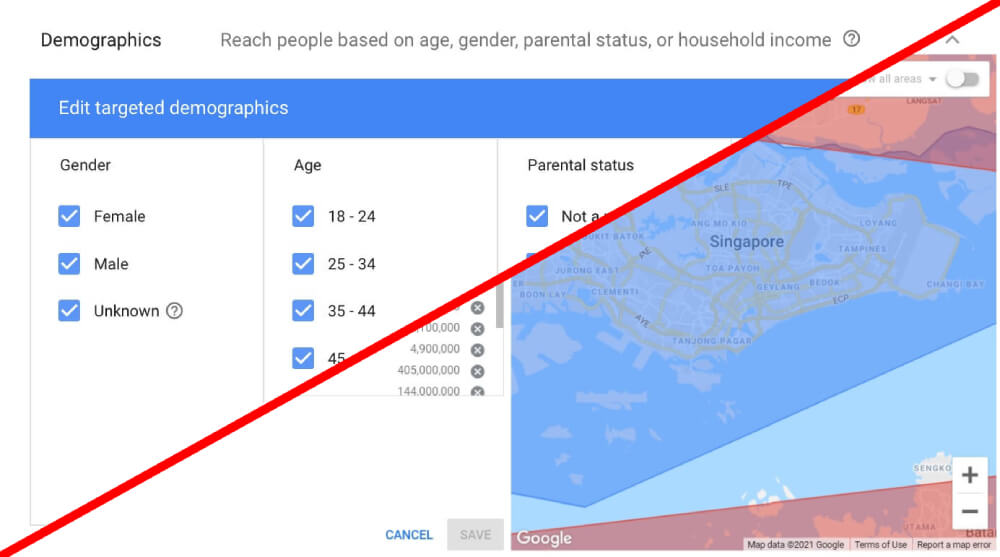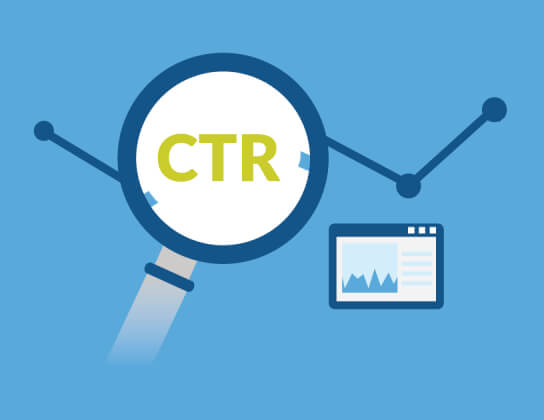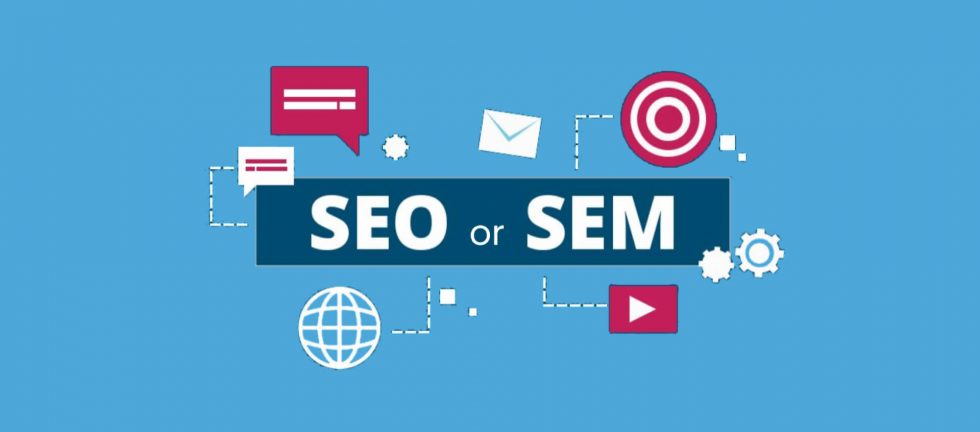In the digital marketing world today, search engine optimization (SEO) and search engine marketing (SEM) are terms that have been used interchangeably.
However, on a closer look, they essentially refer to very different aspects and strategies of digital marketing, with a key difference that is SEO being an organic search strategy while SEM refers to the process of using paid ads to appear in a search engine.
What is SEO?

Diving into a closer look at the SEO strategy, it works to increase the number of visitors to a website by elevating its web pages’ positions in a search engine.
Search engines utilise keywords, tags and link titles of a website and rank them accordingly. Due to the ever-changing nature of Google search algorithm, SEO strategies are changing continuously as well.
SEO can be segregated into on-page SEO and off-page SEO.
On-page SEO refers to focusing on optimizing parts of your website that are within your control, this includes title tags, headings, URL, page load speed, mobile friendliness, social pages.
Off-page SEO focuses more on increasing the dominance of your site through acquiring backlinks from other websites. Off-page SEO is measurable by the quantity and quality of backlinks to your website.
What is SEM?

Search engine marketing (SEM) is a form of paid search strategy used to increase search engine visibility and drive more traffic to websites or landing pages. This method involves setting up and optimizing the ad campaigns, as well as monitoring and adjusting the budget as the campaign runs.
SEM is also often known as paid search advertising or pay-per-click advertising, and Google is the known platform for which SEM campaigns are run. Other platforms such as Yahoo and Bing exist too, though they are less populated.
Similarities between SEO and SEM
To understand the many differences between SEO and SEM, we need to first examine their similarities.
Bring greater visibility

To begin, SEO and SEM both assist brand names to appear in search engine results pages. They have the same goal to offer users the answers to their questions.
Help to drive traffic

Next, SEO and SEM are similar in the fact that they are structured to help bring higher traffic to websites. The main aim is not just to raise visibility and exposure for brands on the search engines, but also to bring this traffic to their websites.
Require strong understanding of target audiences

Both SEO and SEM require you to know your audience, predict their behavior and know what’s their next step. This includes a strong grasp of consumer behavior, such as buyer personas and consumer segmentation strategies.
With these, you start to unravel different consumer groups, understand their needs and wants, and learn to offer the solutions to their problems.
Keyword research

In the same vein, both SEO and SEM use this strategy – keyword research – to figure out which keywords are the best for targeting in their marketing campaigns. What this process requires is for you to assess the keywords you wish to associate your brand with, examine their popularity, and see if your target audiences are using them to search.
In the process, you might uncover negative keywords that you do not wish to target as well. You would also need to judge the level of competition for the keywords, to see if your competitors are targeting the same ones and strategize your next steps.
A/B testing and constant optimization

Both SEO and SEM require A/B testing to optimize different variables to achieve success. Some variables include headlines, images, call-to-action buttons and layout.
Differences between SEO and SEM
Now let’s look at the differences between SEO and SEM!
Ad extensions

Using paid ads under SEM, their search results will consist of many more extensions as compared to organic search results under SEO. Ad extensions include links to the subpages of the site, phone numbers, location and prices. On the contrary, when we look at SEO, results usually appear with some featured snippets.
Pay-Per-Click model

You will have to pay each time a user clicks on the SEM results, whereas there is no payment needed when a user clicks on an organic result under SEO. Cost per click (CPC) is a commonly used term that refers to the price you pay for each click on your pay-per-click (PPC) ad.
Google Ads is one of the most popular paid search platforms used by many businesses. With the PPC model, it allows your ads to reach the right audience when they search for your products (with the keywords). Hence, at the same time, it also means that the results are immediate for SEM as these ads will be placed at more prominent positions on a search engine.
Target audiences vary for SEO and SEM

SEM displays your ads to your target audience via assigning filters such as demographics and locations, whereas for SEO, you will not be able filter your audience.
Impact of SEM vs SEO

Results of SEM are almost immediate, as your ads will be available on search engines once the campaign is up, visibility can be tuned accordingly as well. Thus, it enables marketers to adapt the ads according to the latest trends.
However for SEO, it will generally take a while before your brand will be able to rank up in the search engines. This will mean that SEO will leave longer-lasting results as well in the long term when your brand grows.
Higher click-through rate for SEO

SEO definitely enjoys a higher rate of click-throughs than SEM. This is amplified especially if your name is one of those at the top of search engine results pages.
If you get a spot there, you know that your SEO efforts can outdo SEM advertisements. Of course, if you’re talking about appearing on the second page, SEM will probably bring you more clicks.
Which strategy is better for my business?
In this comparison of SEO and SEM, there is no one-size-fits-all solution. Some factors to consider include the competitiveness of your industry, your understanding of target audiences, your consumers’ buying cycle, the type of your products or services.
Conclusion
In this day and age, what most people are doing is to employ a tandem of both SEO and SEM in their digital marketing strategy. How they do so, however, varies. But with a stronger understanding of the similarities and differences, pros and cons of each strategy, you will be in a better position to decide which strategy works for your brand.
Ready to Elevate your Business to the Next Level?
Discover how we can help accelerate your business growth through our FREE digital strategy session. Let’s Work Together


